Preventing the Worst-Case Scenario
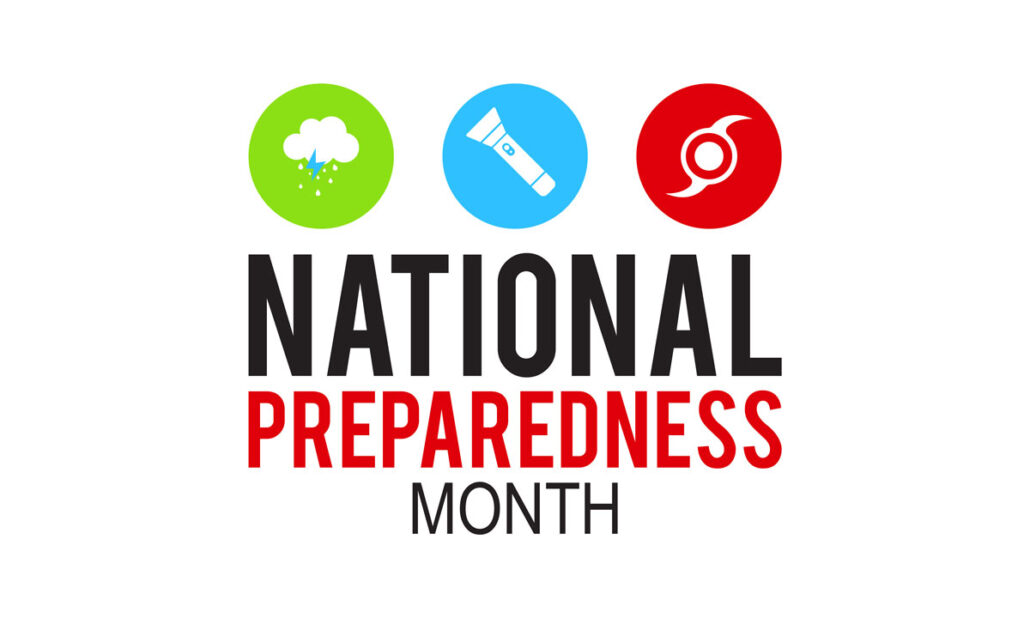
by Marcia Spicer Ask any archivist, collector, or researcher who works with historical materials what their worst nightmare is, and you’ll probably get a few variations of the same answer. Total loss and destruction of a collection, history, language, people… you can’t get much worse. Yes, recovery techniques have dramatically improved over the last 100 […]
Incoming!

by Marcia Spicer Every few months the question of location comes up when talking with prospective Anderson Archival clients. We’re located in St. Louis, Missouri, and for many local families and organizations—like one we’ll be profiling next month—that’s perfect. For others, distance is a pain point. I can empathize with that; after all, we’re typically […]
Don’t Lose Your History
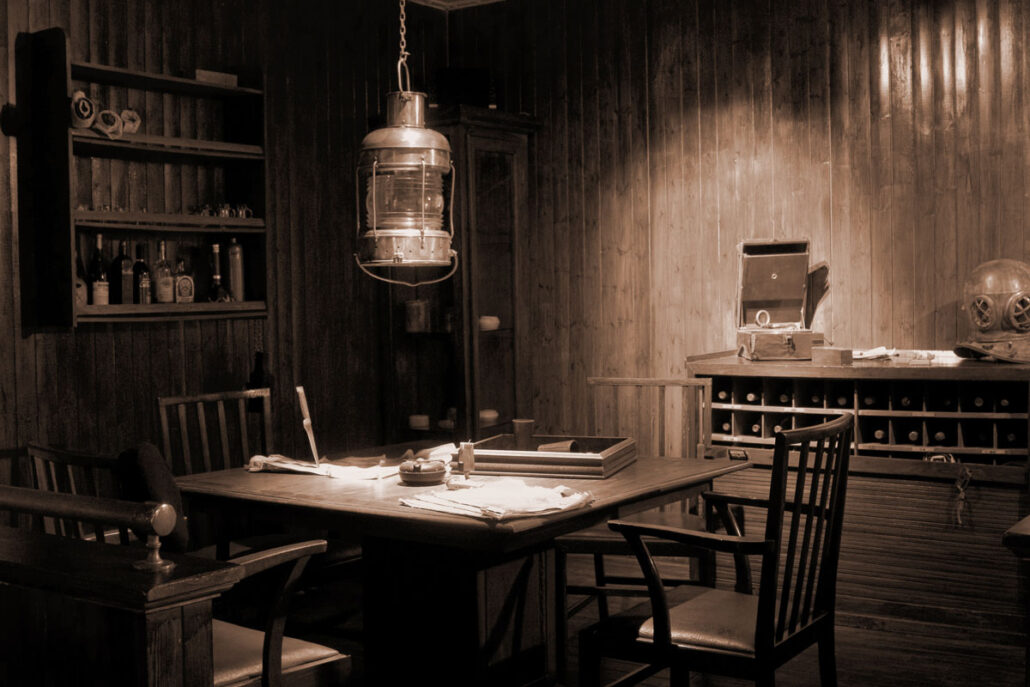
Recorded history is an irreplaceable treasure, but physical historical records are constantly under threat. Books, records, photographs, and hand-written letters are meant to be passed on to future generations, but the more they’re used, the more likely they are to sustain irreversible damage. Over time, the valuable information recorded on paper can become indistinguishable from […]
Threads of Connection: An Interview with Mark Anderson
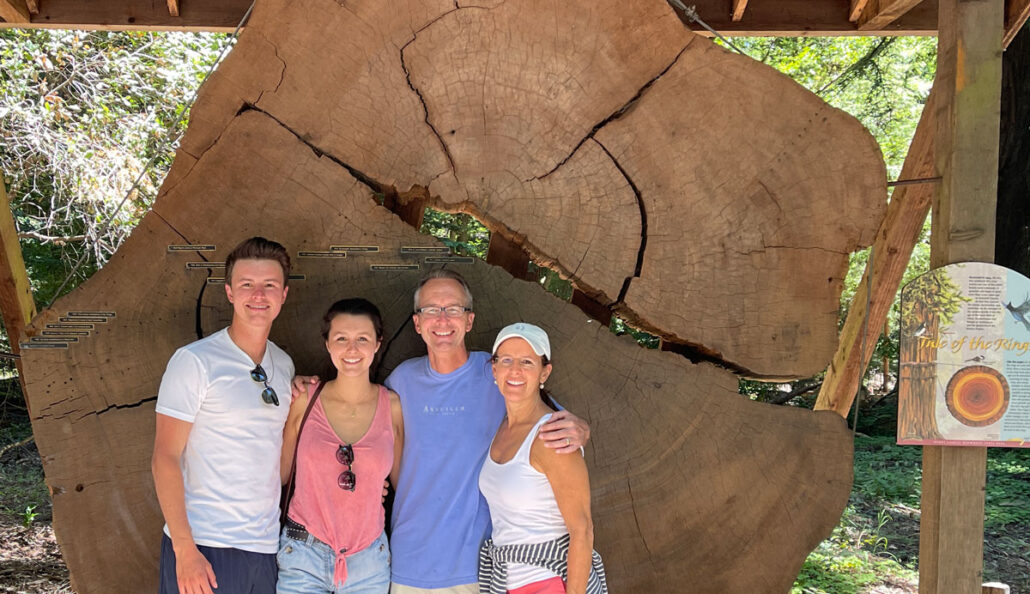
by Marcia Spicer In the busyness of our daily routines, it isn’t often that I get to sit down with one of Anderson Archival’s Founding Principals Mark Anderson. But we recently met to discuss our clients, favorite solutions, and what makes history so important to the present. Mark, thanks for taking some time to chat! […]
The Journey to Digitization

by Marcia Spicer Last weekend, my family was invited to dinner at a restaurant. Shortly after food was served, my youngest began melting down. Then, earlier this morning, I had to reschedule a meeting with a potential client. When we made the plans, everything looked great, then life happened. Just like planning a meeting or […]
Putting a Price on Peace of Mind

by Marcia Spicer No one likes to talk about cost, especially not the ones sending the bill. In the world of digitization, pricing without context can be a deciding factor for many clients, and it is understandably one of the first questions we field. However, digitization is much more than simply scanning a document. […]
What the FADGI!

by Shana Scott If you’ve dipped a toe into the best practices for digitizing a collection, you’ve probably heard the term FADGI thrown about. Scanning manufacturers tout being FADGI three-star or four-star compliant to better sell their product, and articles on beginning digitization suggest following FADGI guidelines. But what is FADGI and why should you […]
Repairing Gaps in History
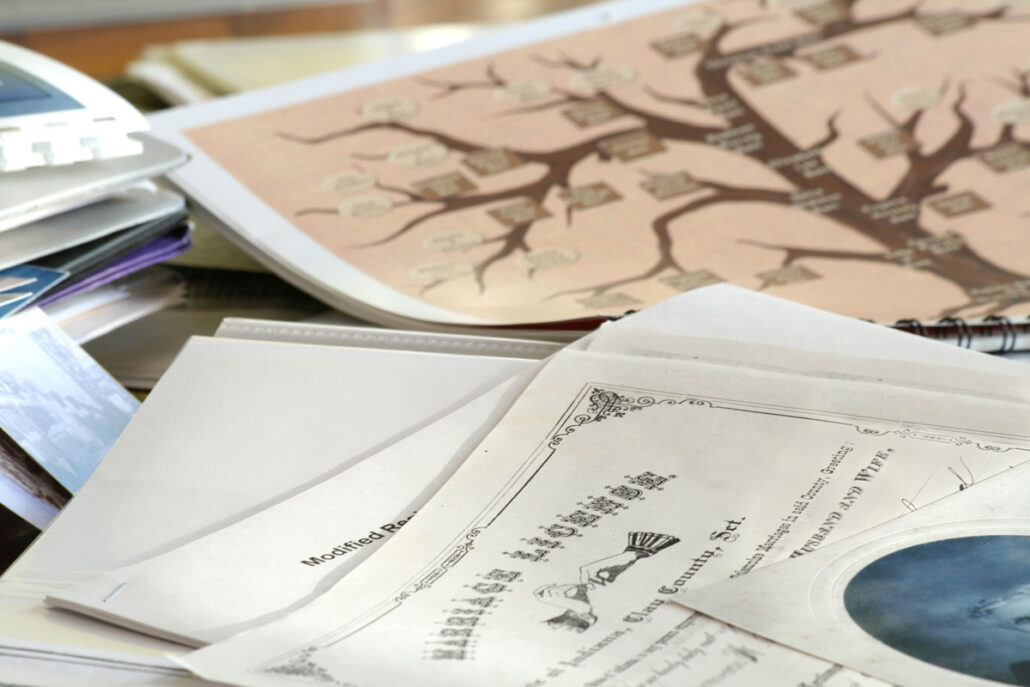
Anyone who’s dabbled in genealogy knows the frustration of trying to find information many generations back, but African Americans seeking information on their ancestors have unique problems. Those who trace their roots back to enslaved people often struggle to find any records or even names to continue their search. Director Marybeth Niederkorn of the Cape […]
Digging into Cemetery Records
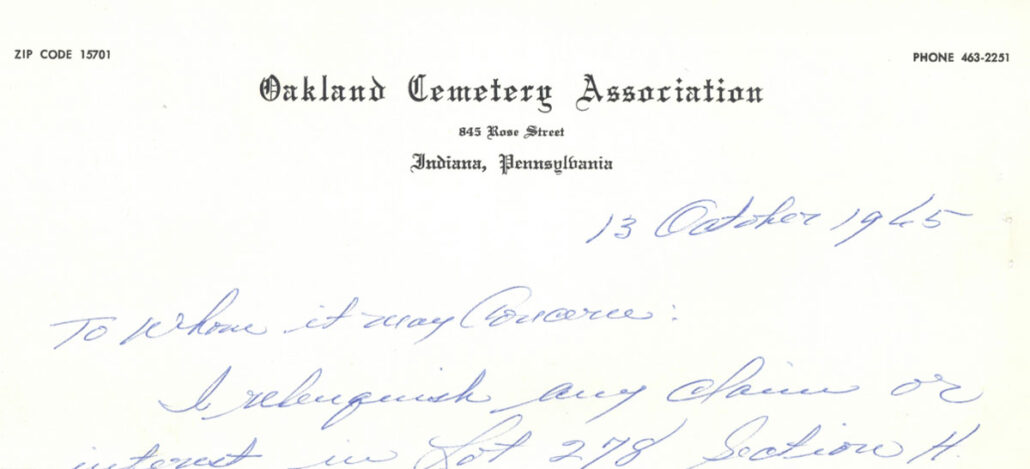
How do organizations decide to digitize regularly used collections? Infrastructural organizations like libraries, hospitals, schools, churches, and nonprofits rely on accurate, accessible records. Putting collections of essential records to the side for processing isn’t always feasible, and digitization isn’t fast when done correctly. Once an organization moves forward with digitizing their collection, decision makers often […]
What’s the Easiest Way to Lose a Collection?

That question seems counter-intuitive, doesn’t it? In fact, most people who come to Anderson Archival are looking for the exact opposite—the easiest and best way to preserve their collection for the long haul. But if most collection-owners really want to preserve their collections, keep them safe, and make them available to share, why do so […]
